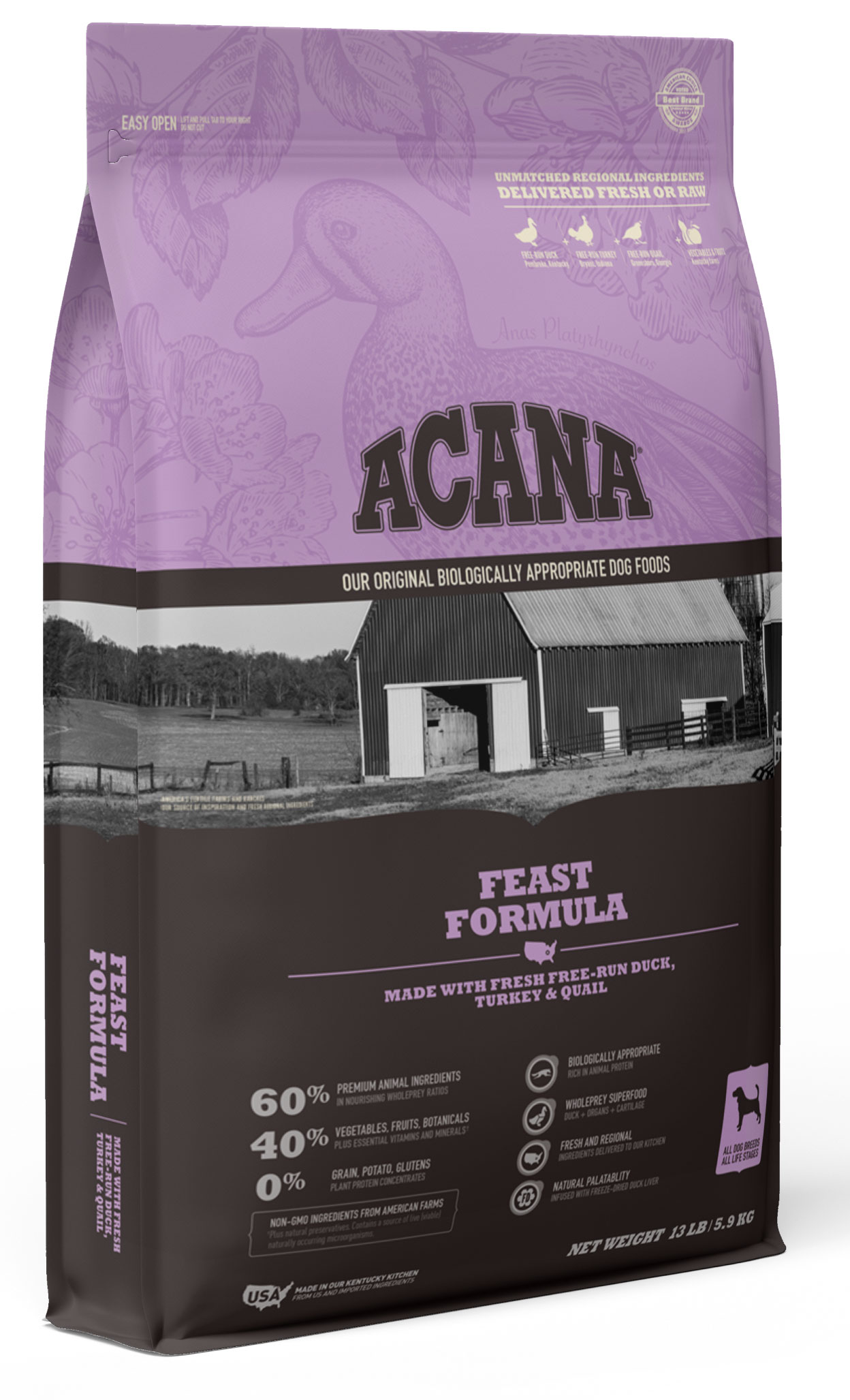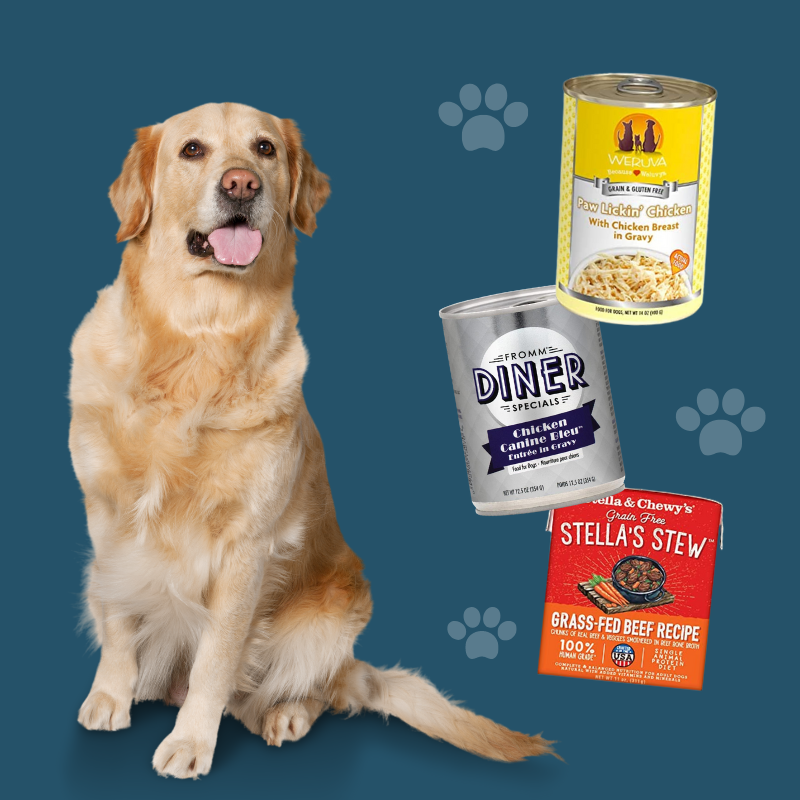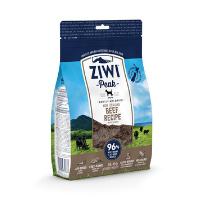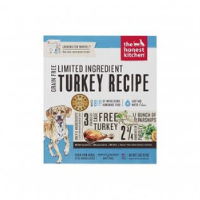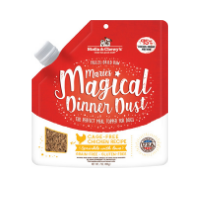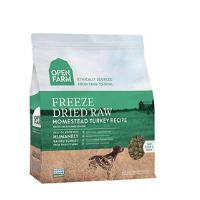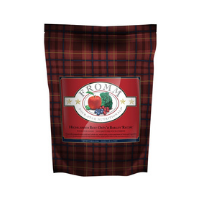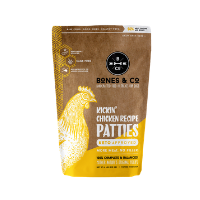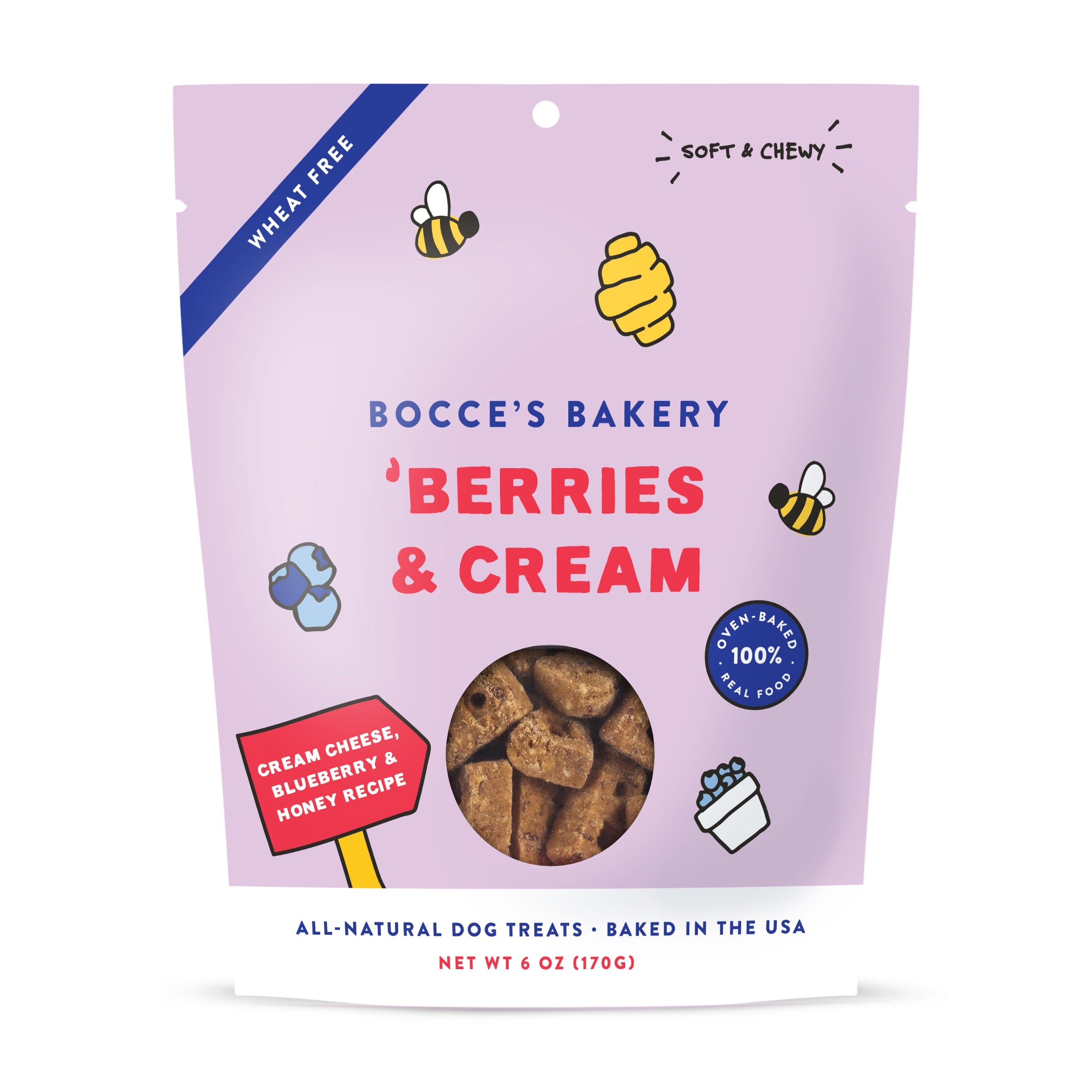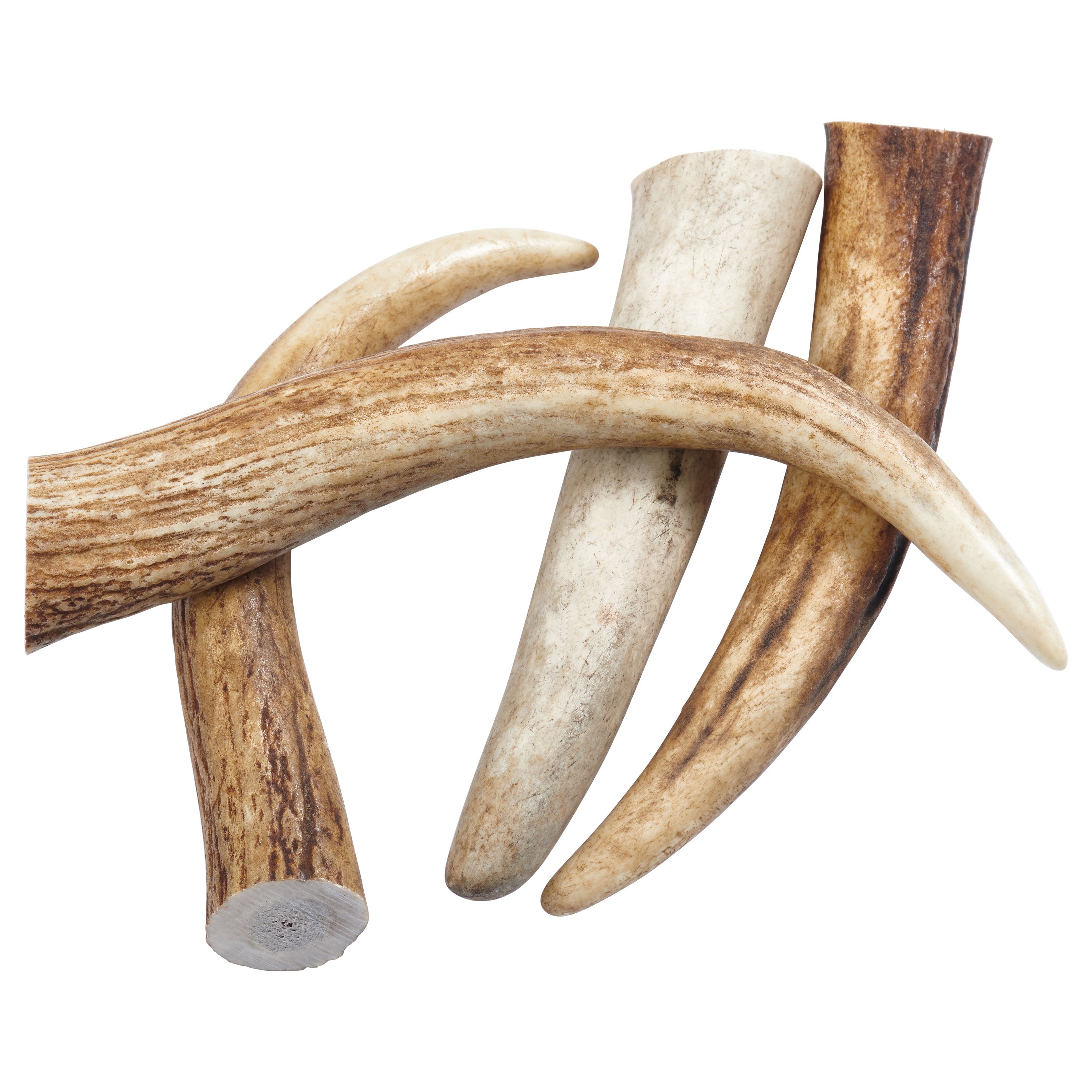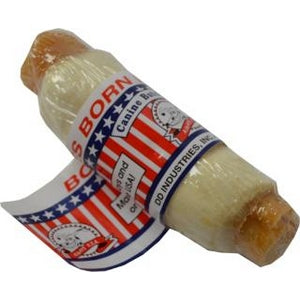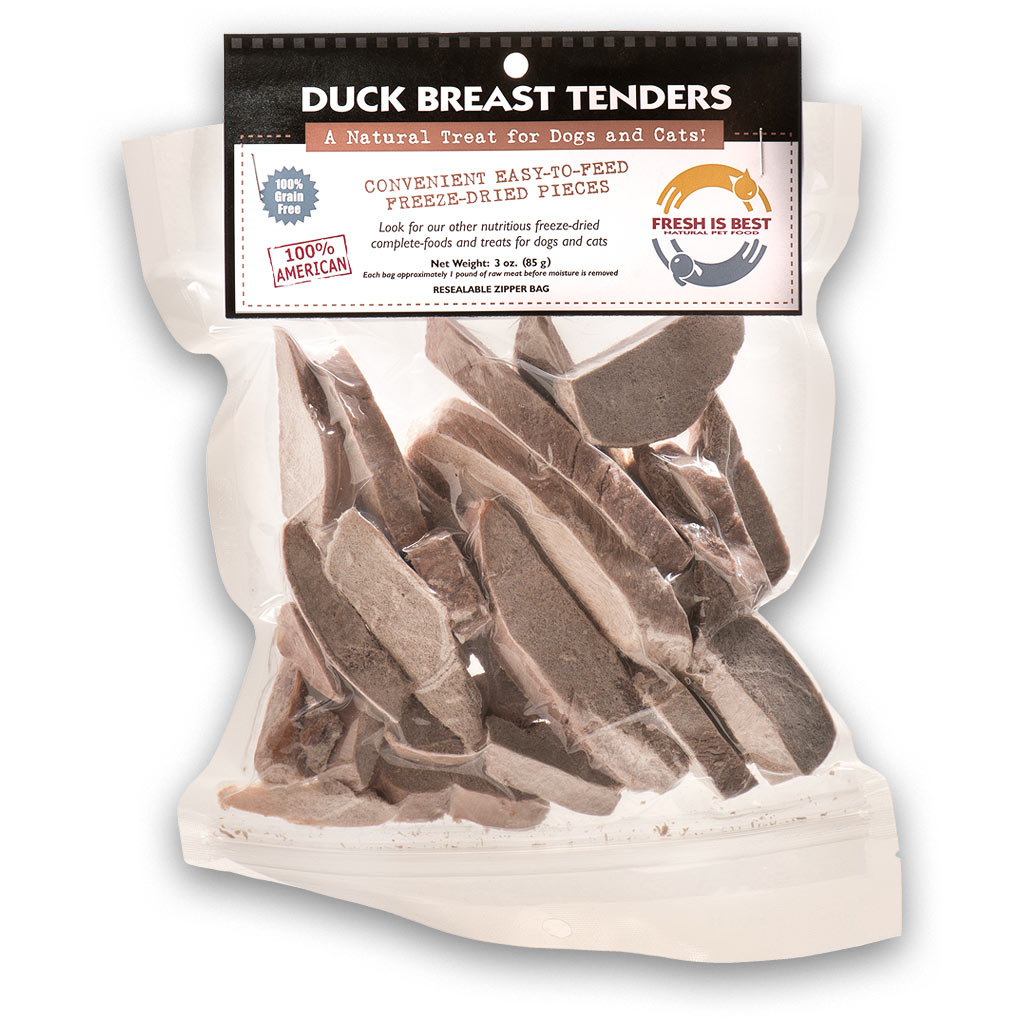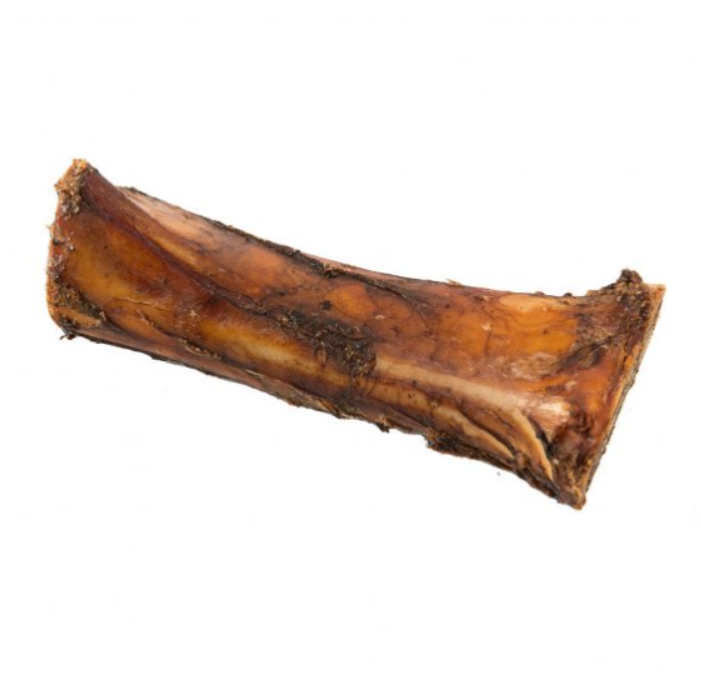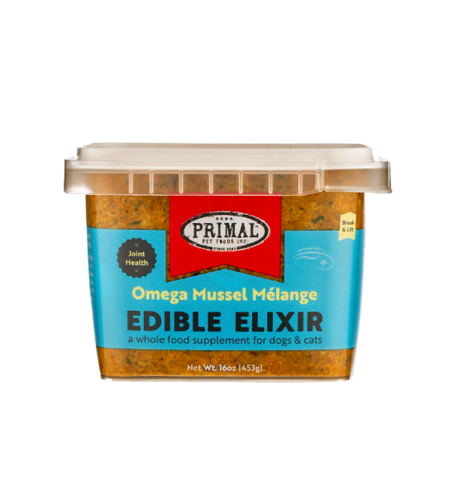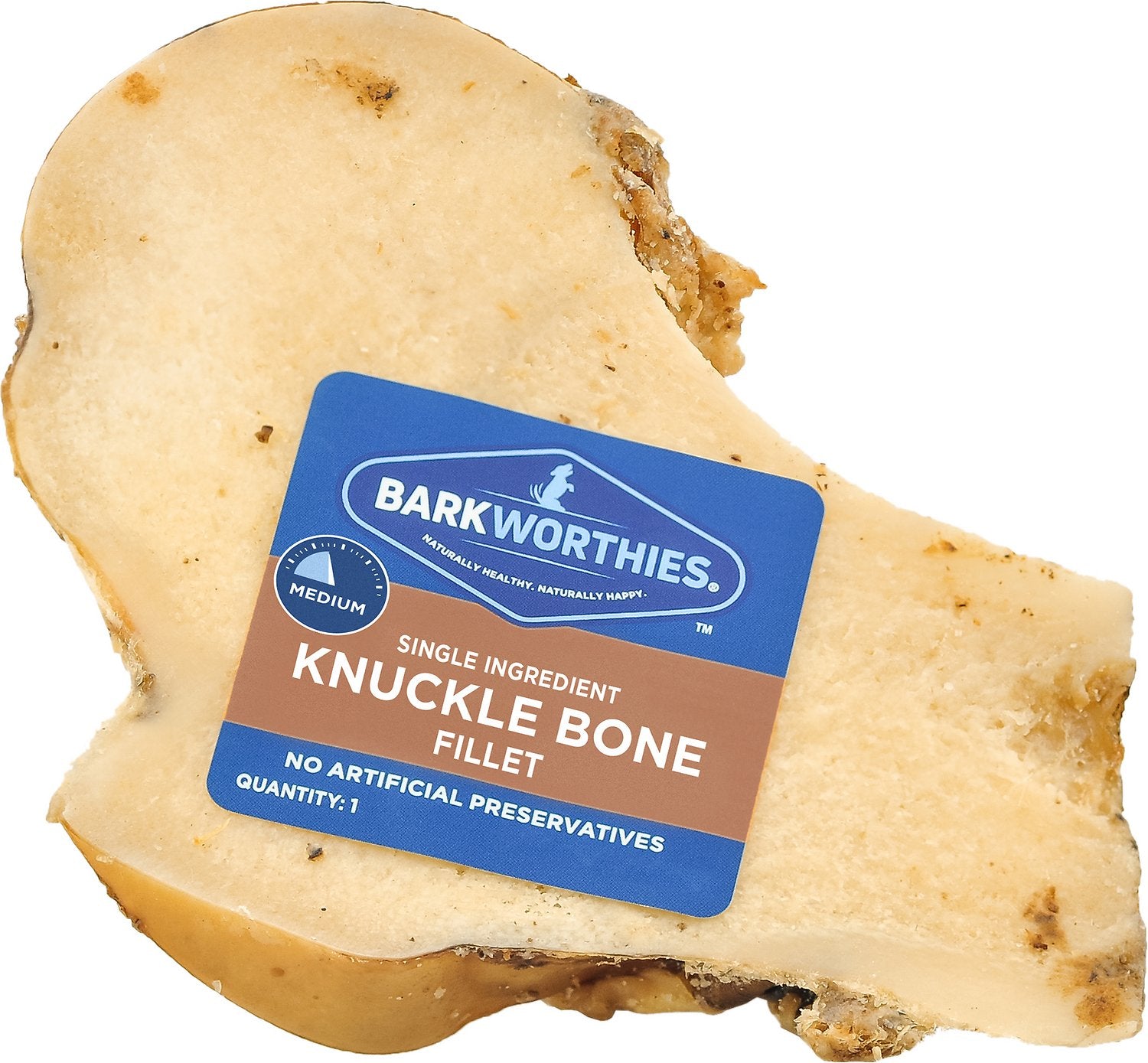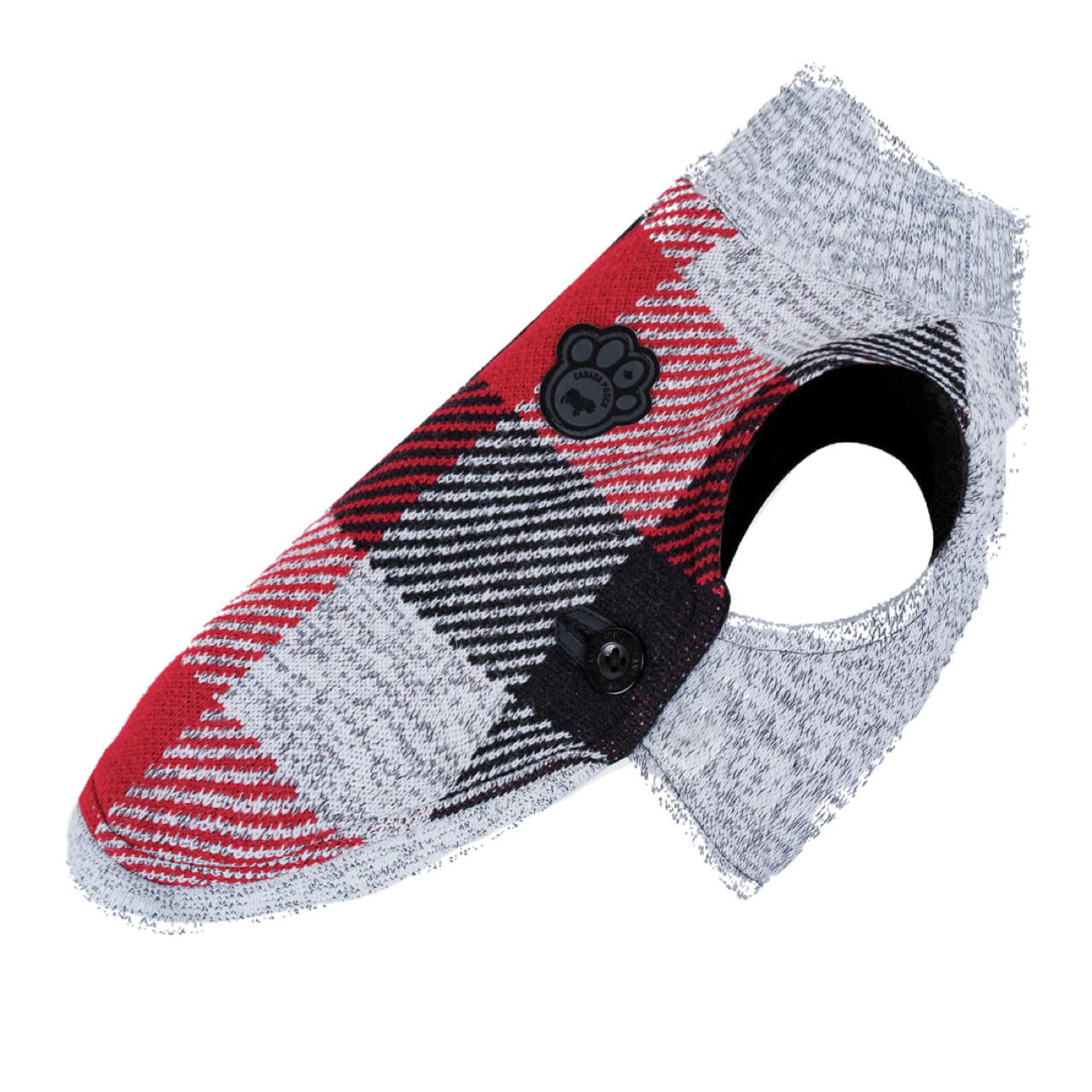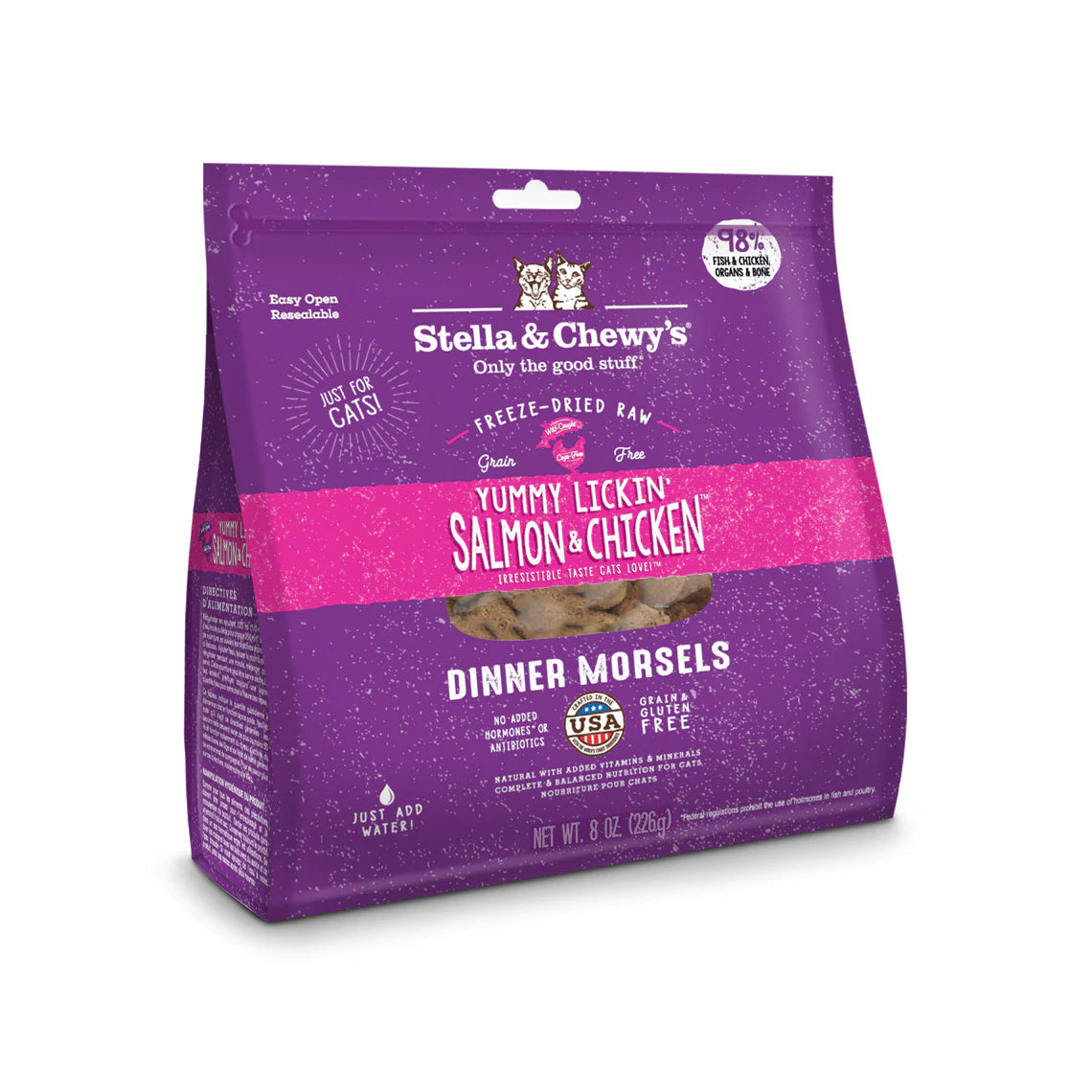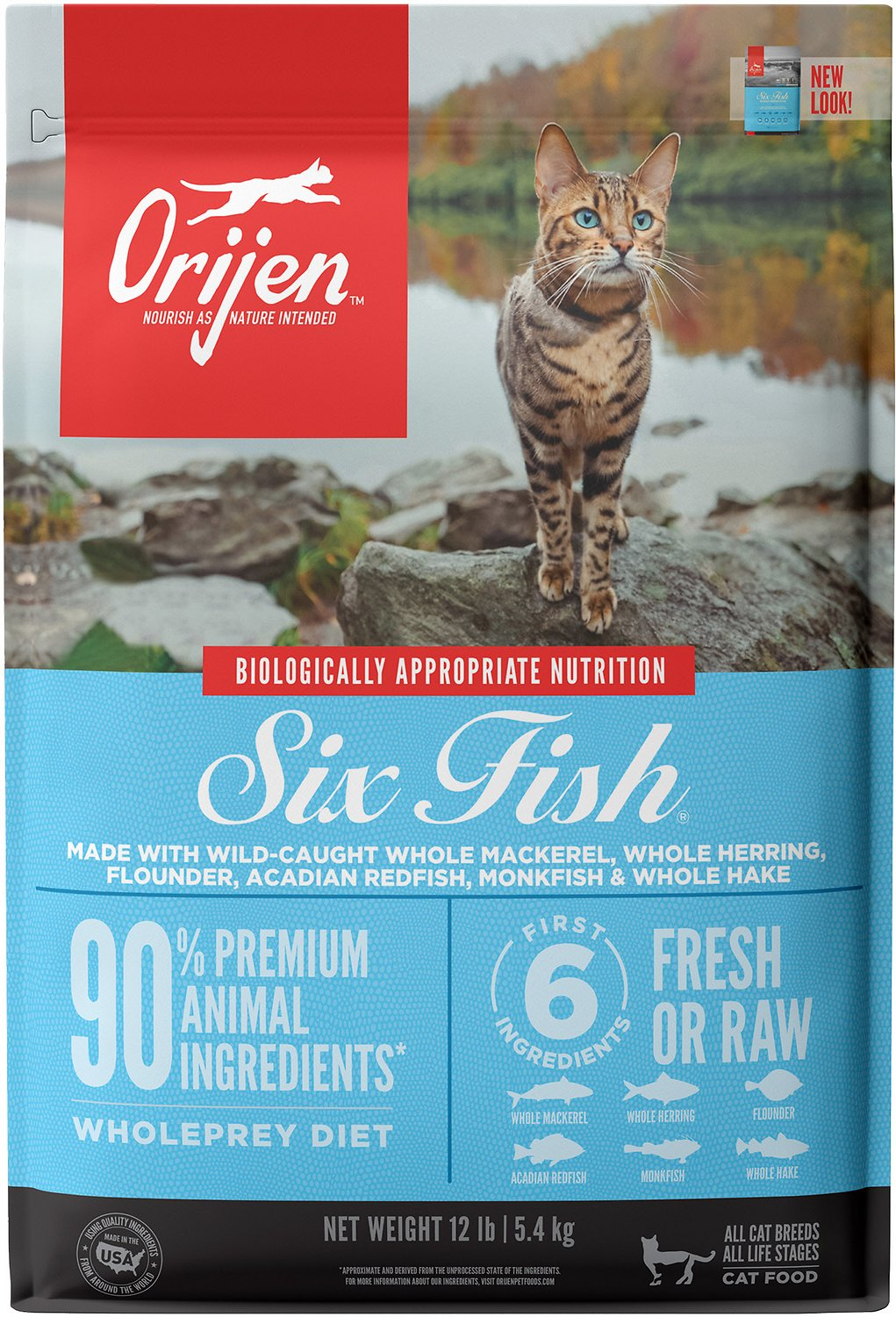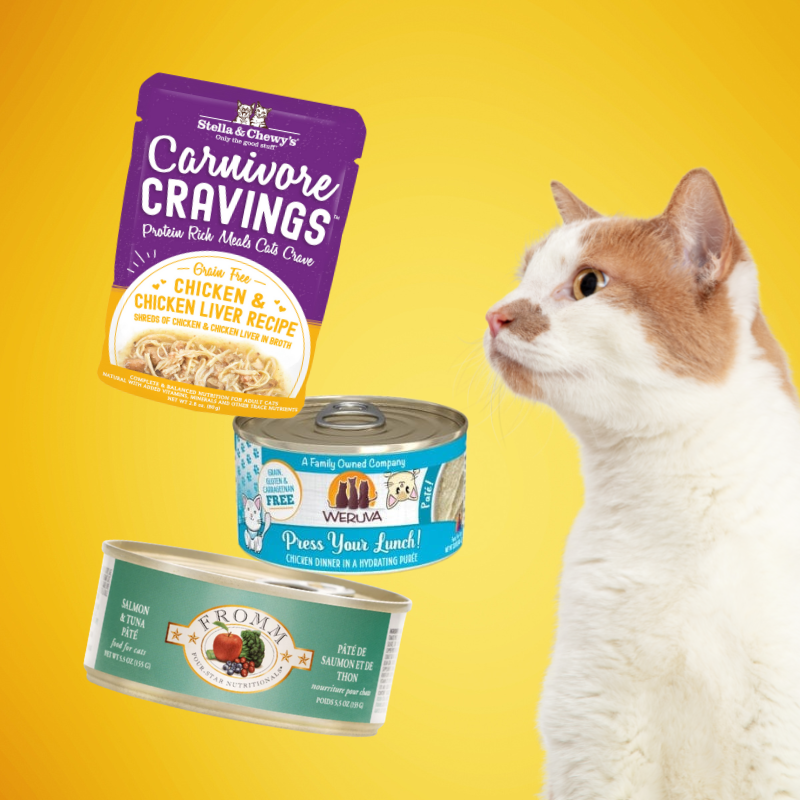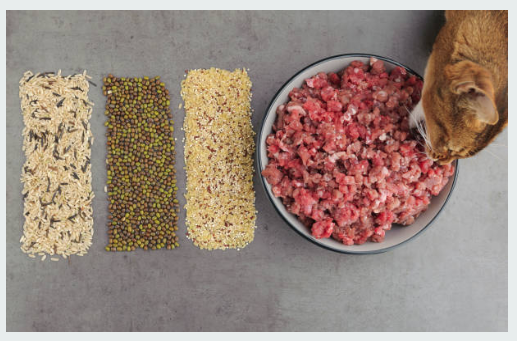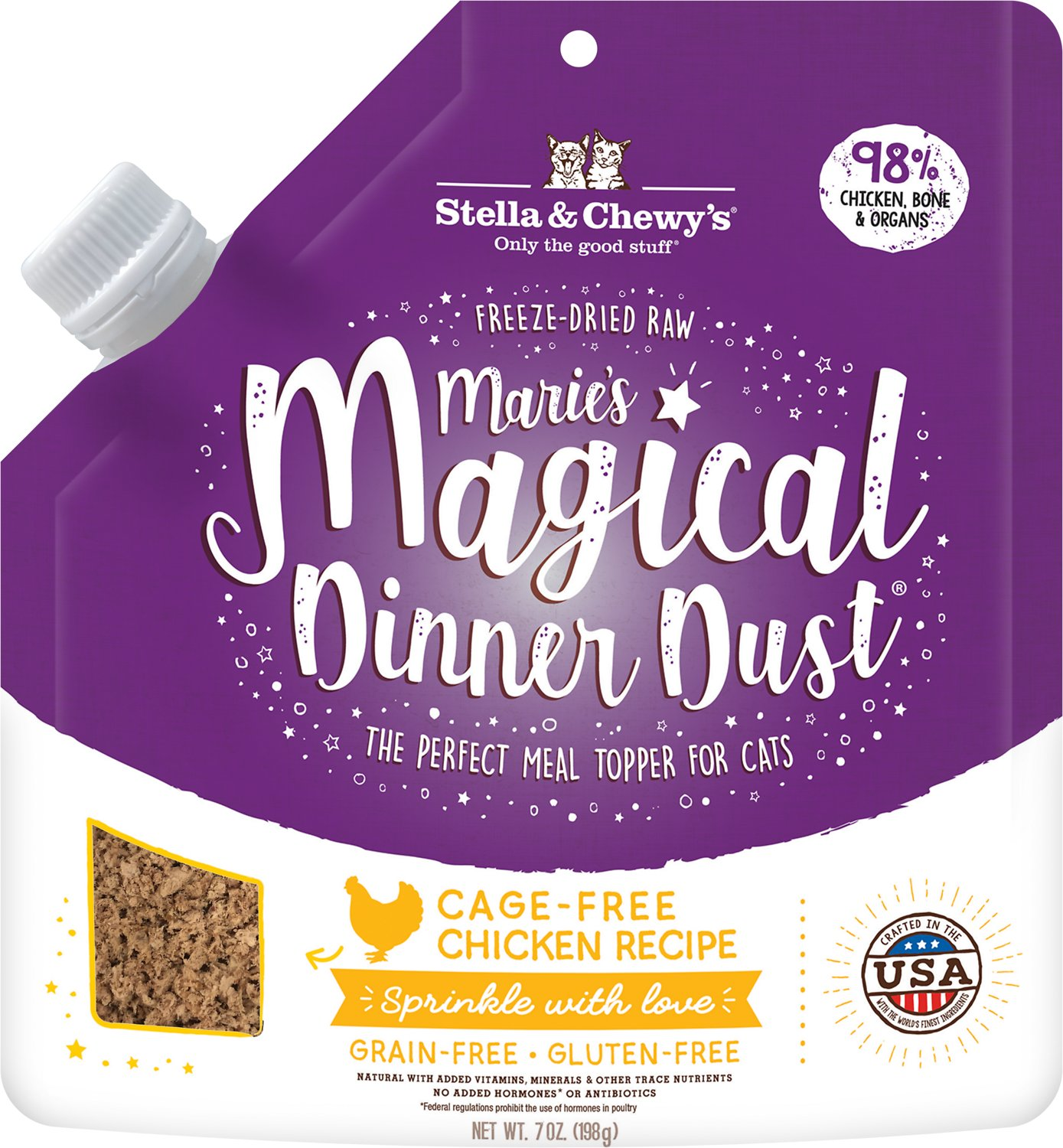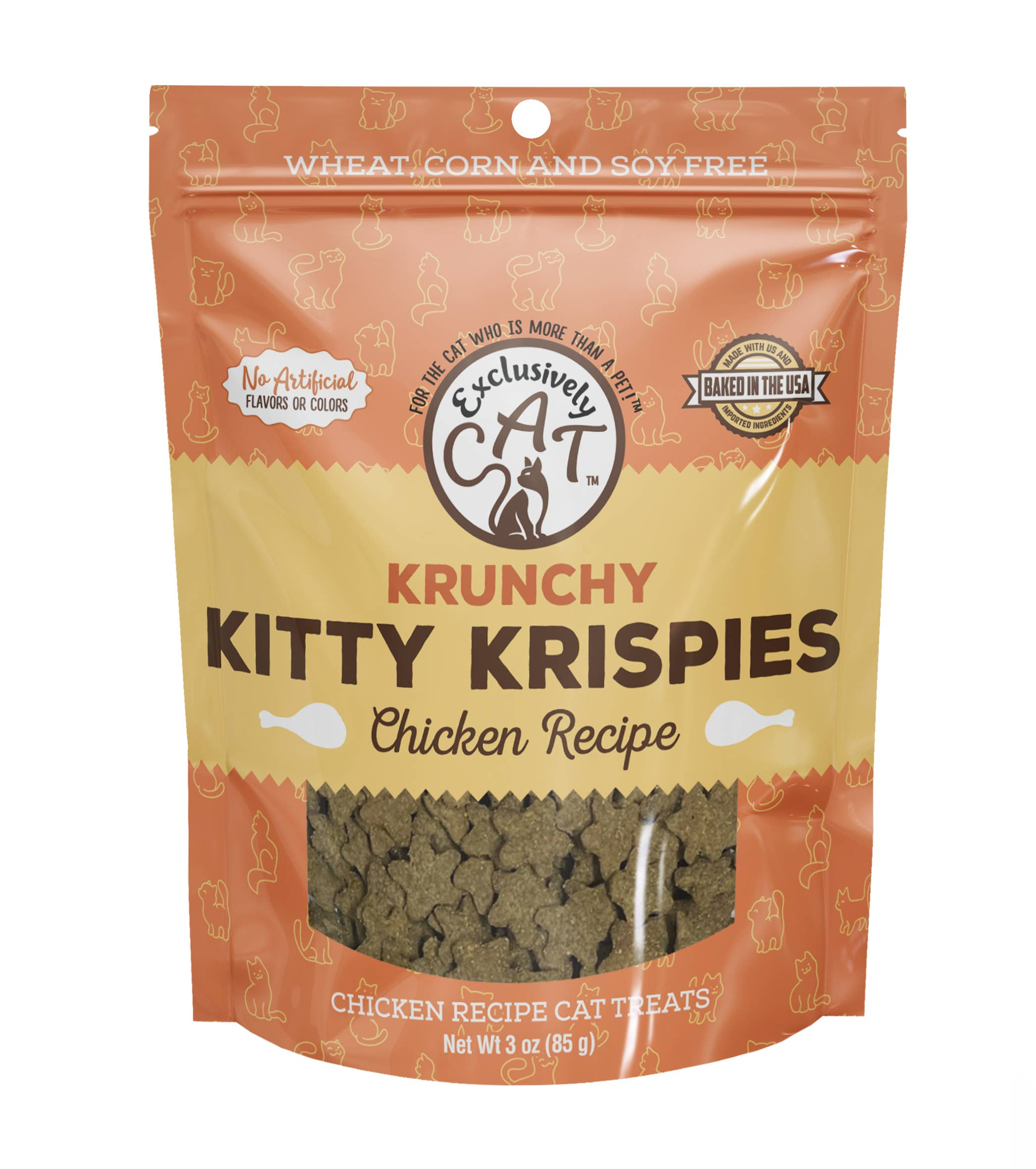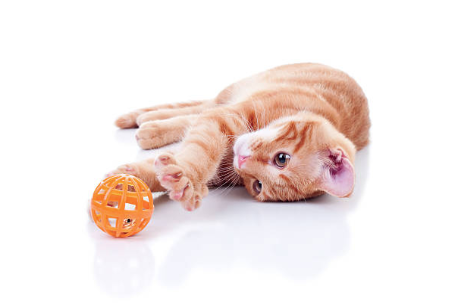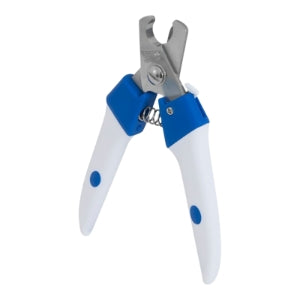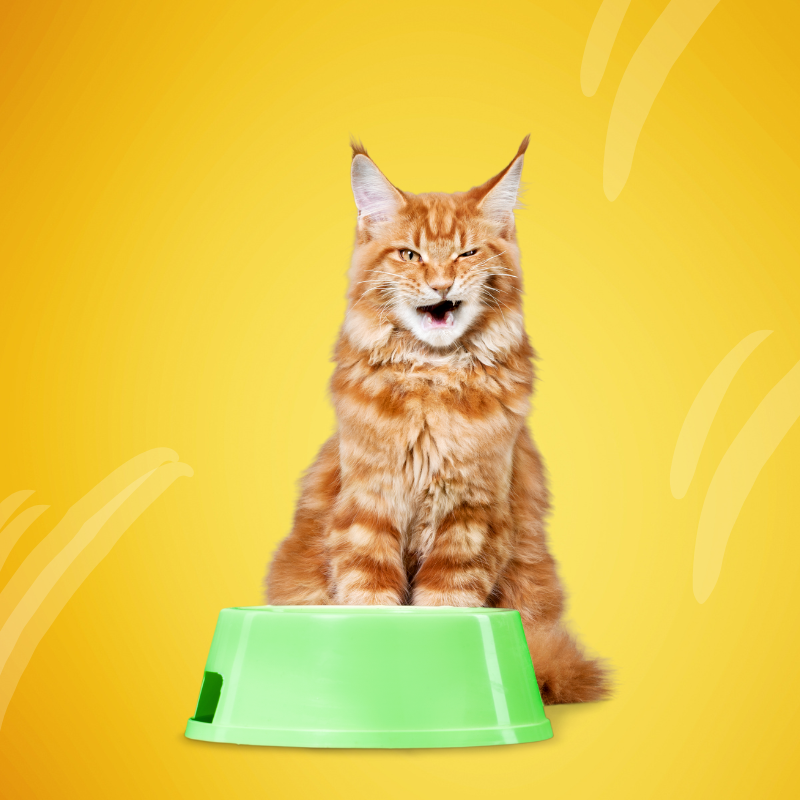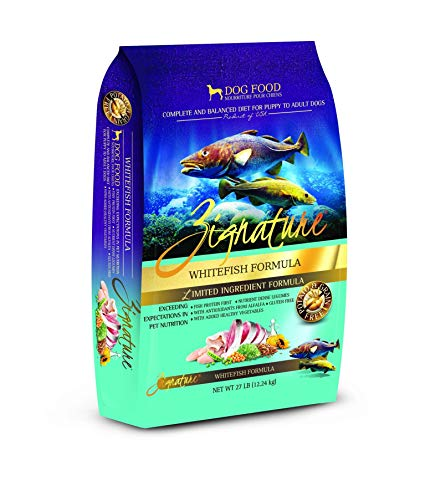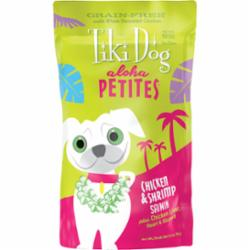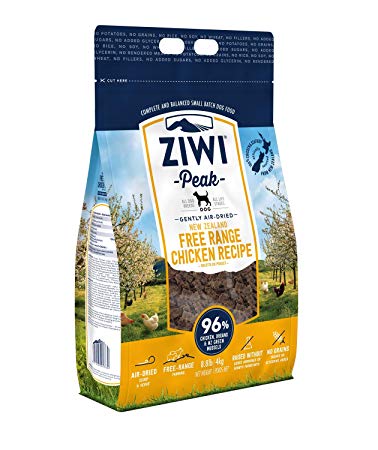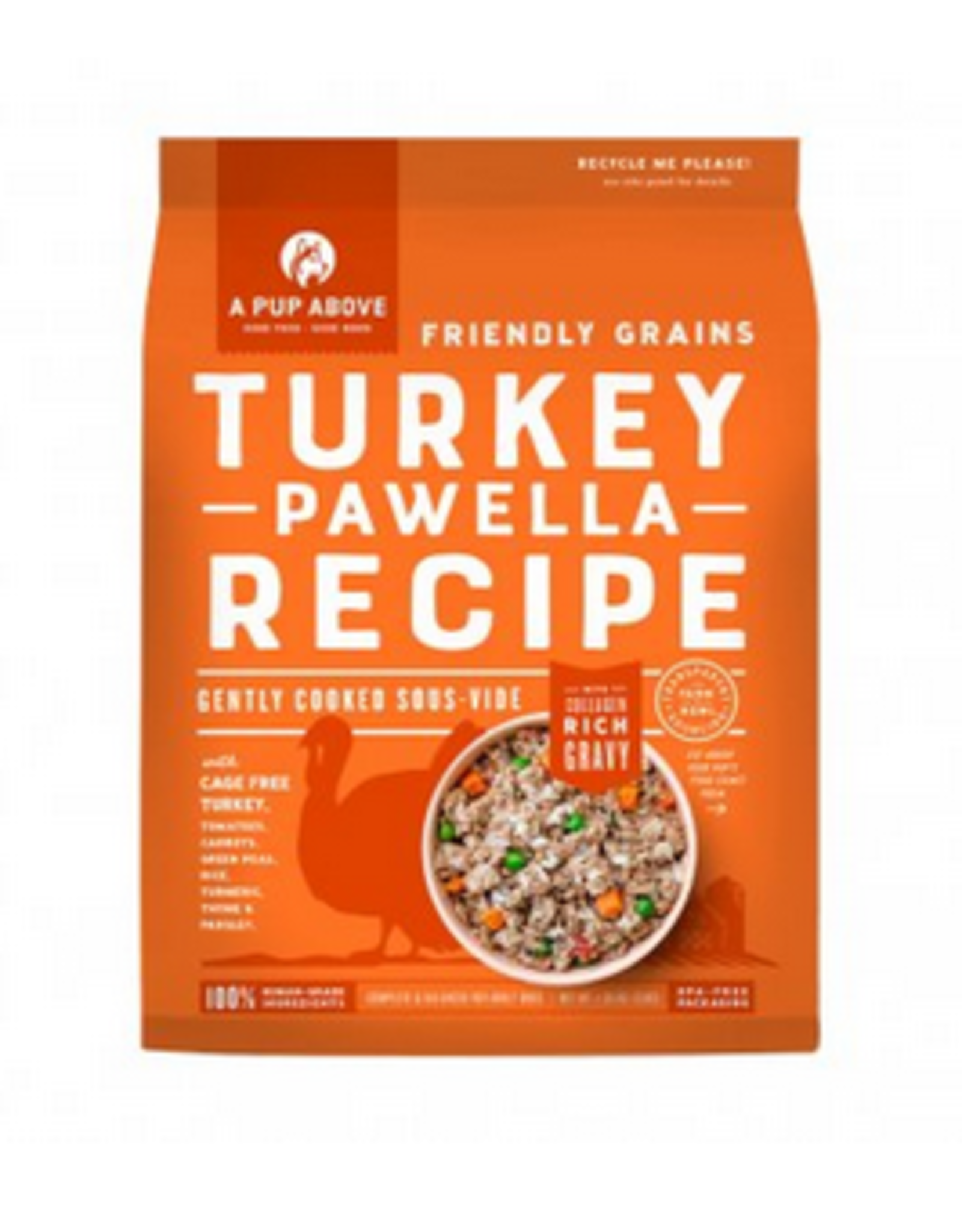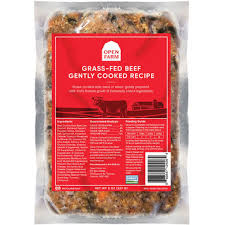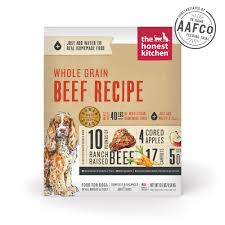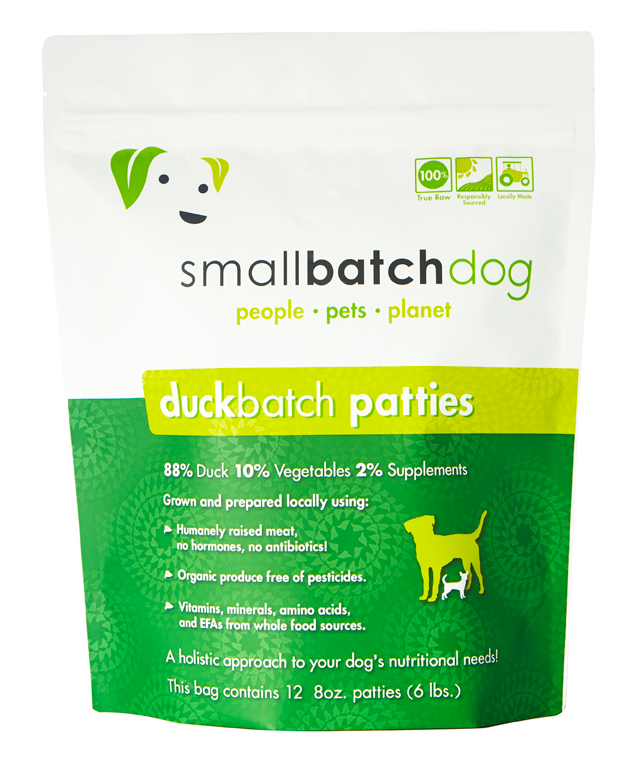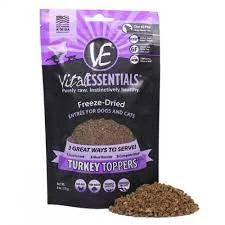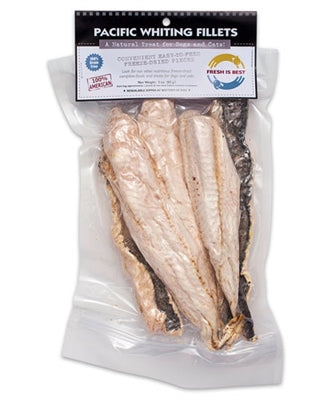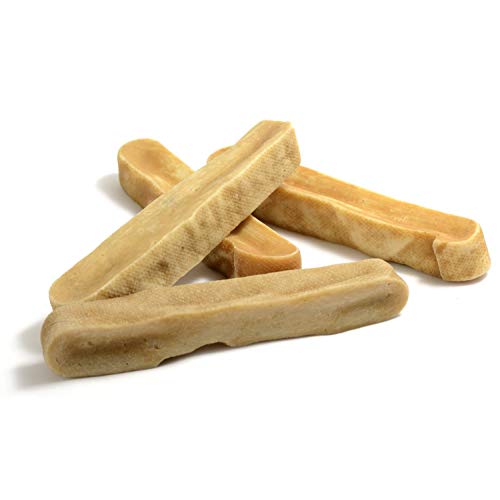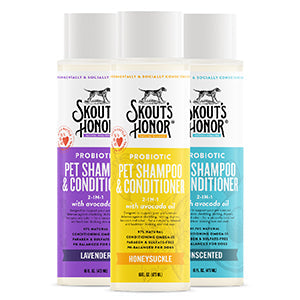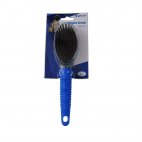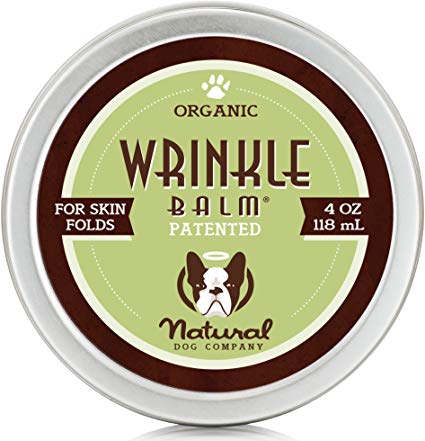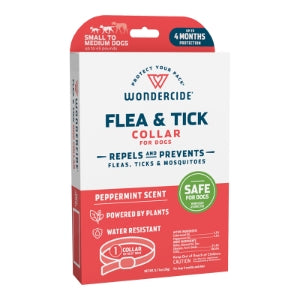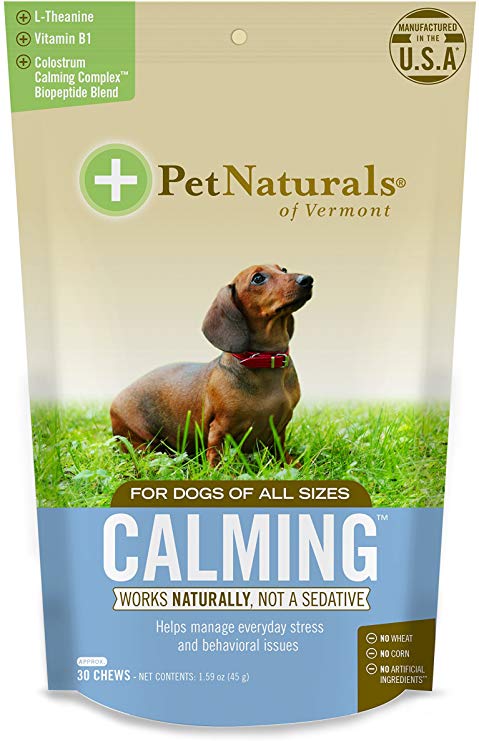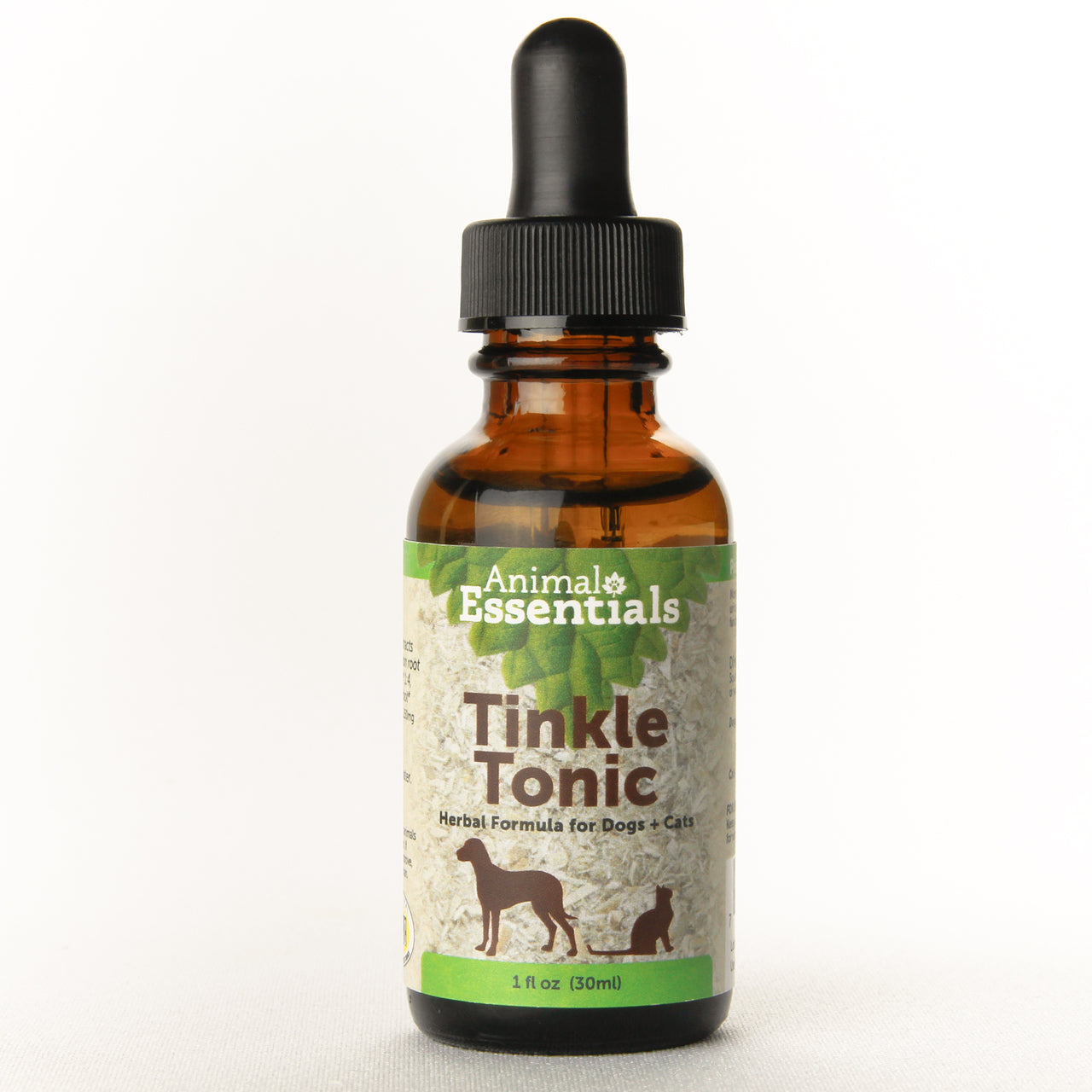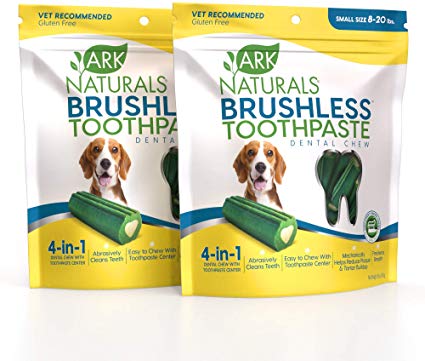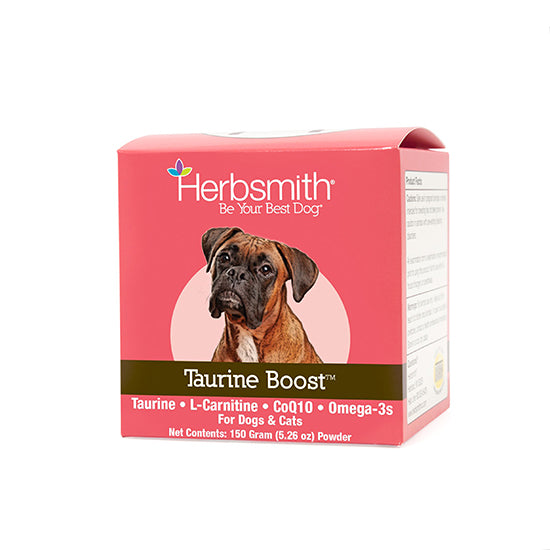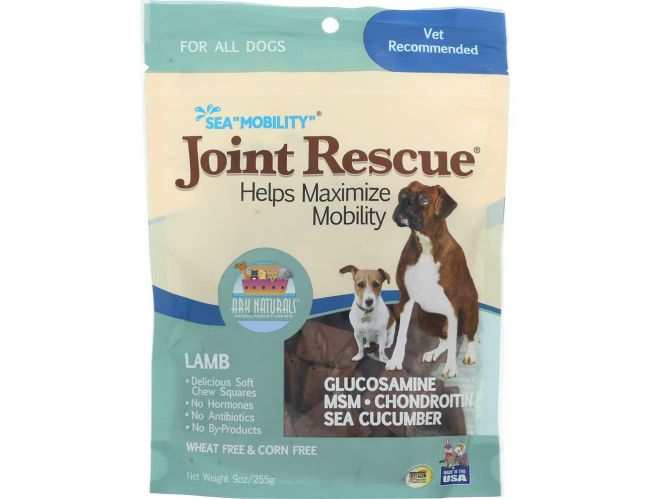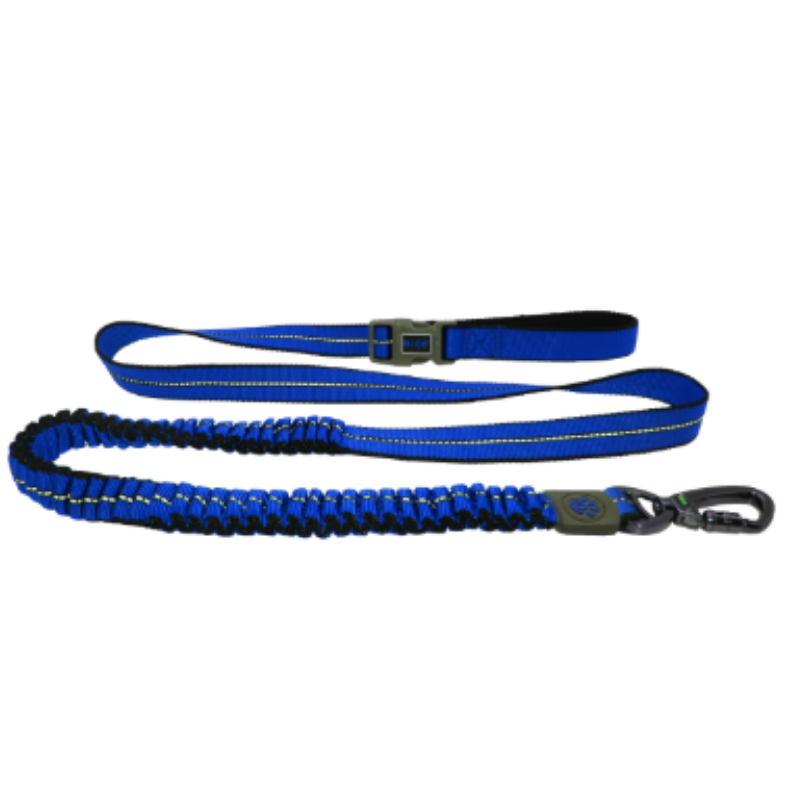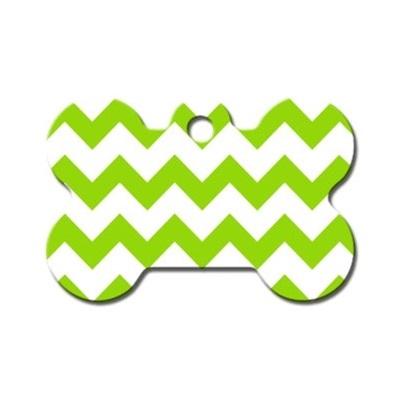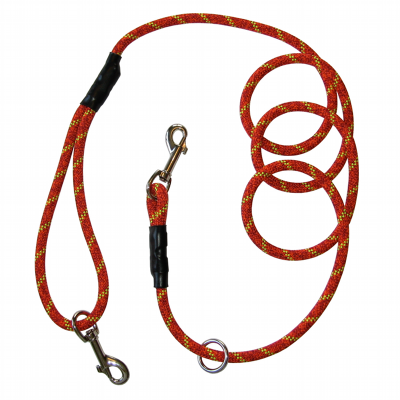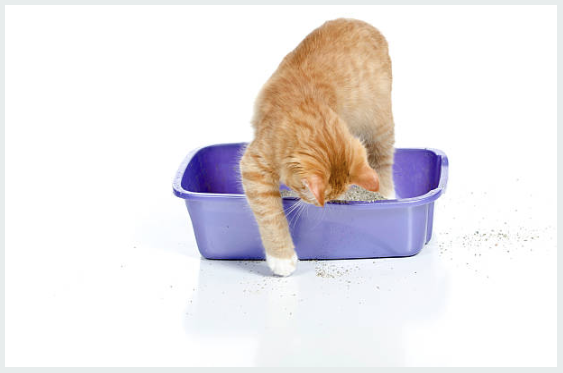Frequently Asked Questions
1. Why might I need to change my pet's diet?
2. How should I prepare for transitioning my pet to a new diet?
3. What is the recommended transition plan for changing my pet's diet?
4. What should I monitor during the diet transition?
5. What should I do if my pet experiences issues during the transition?
Transitioning your pet to a new diet can feel like a daunting task. Whether your furry friend requires a change due to health reasons, age, or simply to maintain a balanced lifestyle, understanding how to make this transition smoothly is essential. Not only does the right approach minimize stress for your pet, but it also ensures they receive the nutrients they need without digestive issues. In this guide, we’ll walk you through effective methods to transition your pet's diet without hassle.
Understanding the Importance of a Dietary Change
Before diving into the transition process, it’s crucial to understand why a dietary change may be beneficial:
- Health Conditions: Conditions like allergies, obesity, or specific organ issues may necessitate a dietary change.
- Age-Related Needs: Puppies, adults, and senior pets have different nutritional needs.
- Weight Management: Tailoring your pet's diet can help in maintaining a healthy weight.
- Ingredient Improvements: New foods may contain better-quality ingredients that benefit your pet’s overall health.
Preparing for the Transition
Preparation is key to a successful transition. Below are steps to consider before switching your pet’s diet:
Consult Your Veterinarian
Always consult with your vet prior to making significant dietary changes. They can provide recommendations that align with your pet's specific health needs and dietary restrictions.
Choose the Right New Diet
When choosing a new diet, make sure to select one that matches your pet's age, breed, and health status to ensure they are receiving the appropriate nutrients. Research potential brands or recipes thoroughly to understand their ingredients and benefits.
Familiarize Your Pet with the New Diet
Before transitioning fully, it may help to allow your pet to experience the new food in small quantities. This can increase their curiosity and reduce resistance once the transition begins.
Creating a Transition Plan
A gradual approach minimizes the risk of digestive upset. Here’s a simple transition plan to follow:
- Days 1-3: Mix 25% of the new diet with 75% of the old diet.
- Days 4-6: Adjust the mix to 50% new and 50% old.
- Days 7-9: Increase to 75% new and 25% old diet.
- Day 10: By now, your pet should be eating 100% of the new diet.
Monitoring Your Pet’s Health During the Transition
Your pet’s wellbeing should always be a priority. As you transition their diet, keep an eye out for any unusual signs:
- Changes in Stool: Consistency and frequency can indicate how well your pet is adjusting.
- Appetite Fluctuations: A decrease in appetite may occur during the transition but should normalize soon after.
- Energy Levels: Watch for any noticeable changes in vitality or energy; your pet should remain active and playful.
- Behavioral Changes: Any signs of stress or discomfort should prompt immediate attention.
Making the Transition Positive
It's essential to ensure that changing to a new diet is a positive experience for your pet:
Enhance the Flavor
Sometimes, new food doesn’t have the same allure as the old. Try mixing in a small amount of low-sodium broth or a sprinkling of your pet’s favorite treat to make the new food more appealing.
Maintain a Consistent Feeding Schedule
Feeding your pet at the same time each day helps establish routine and comfort. This is especially important during a diet transition, as familiarity can help ease anxiety.
Patience is Key
Every pet is unique, and while some may adapt quickly, others might take longer. Be prepared for the transition to take more than two weeks depending on your pet’s individual needs.
Common Issues and Solutions
Even with the best plans, issues can arise. Here are a few common ones and how to address them:
Increased Vomiting or Diarrhea
If your pet is experiencing gastrointestinal upset, slow down the transition. Revert to 75% of the old diet and slowly introduce more of the new diet over a more extended period.
Refusal to Eat
If your pet refuses to eat, check if the new food is palatable. If they seem unimpressed, consult with your vet for alternatives that may be more appealing.
Behavioral Changes
Notice any changes in behavior, like excessive chewing or excessive grooming? These can signal stress. Create a calm feeding environment and provide extra comfort through favorite toys or blankets.
Celebrating Success in Transition
Once your pet is fully transitioned, it's time to celebrate! The new diet will foster better health and happiness in your furry friend, and the process you went through shows your dedication to their wellbeing.
- Monitor Their Health: Continue regular vet visits to ensure the new diet is meeting their nutritional needs.
- Explore Variety: Depending on your pet’s response, consider rotating different protein sources or formulas.
- Stay Informed: Keep updated on any new research regarding pet nutrition to make informed choices in the future.
Wrapping It Up with Love and Care
Transitioning your pet to a new diet is a journey that represents love and consideration for their health. With the right approach, you can navigate this transition smoothly and fortify your pet's wellness for years to come. Remember, every pet is different, and what works for one may not work for another. Trust your instincts, advocate for their needs, and watch as they thrive on their new diet. Happy feeding!


